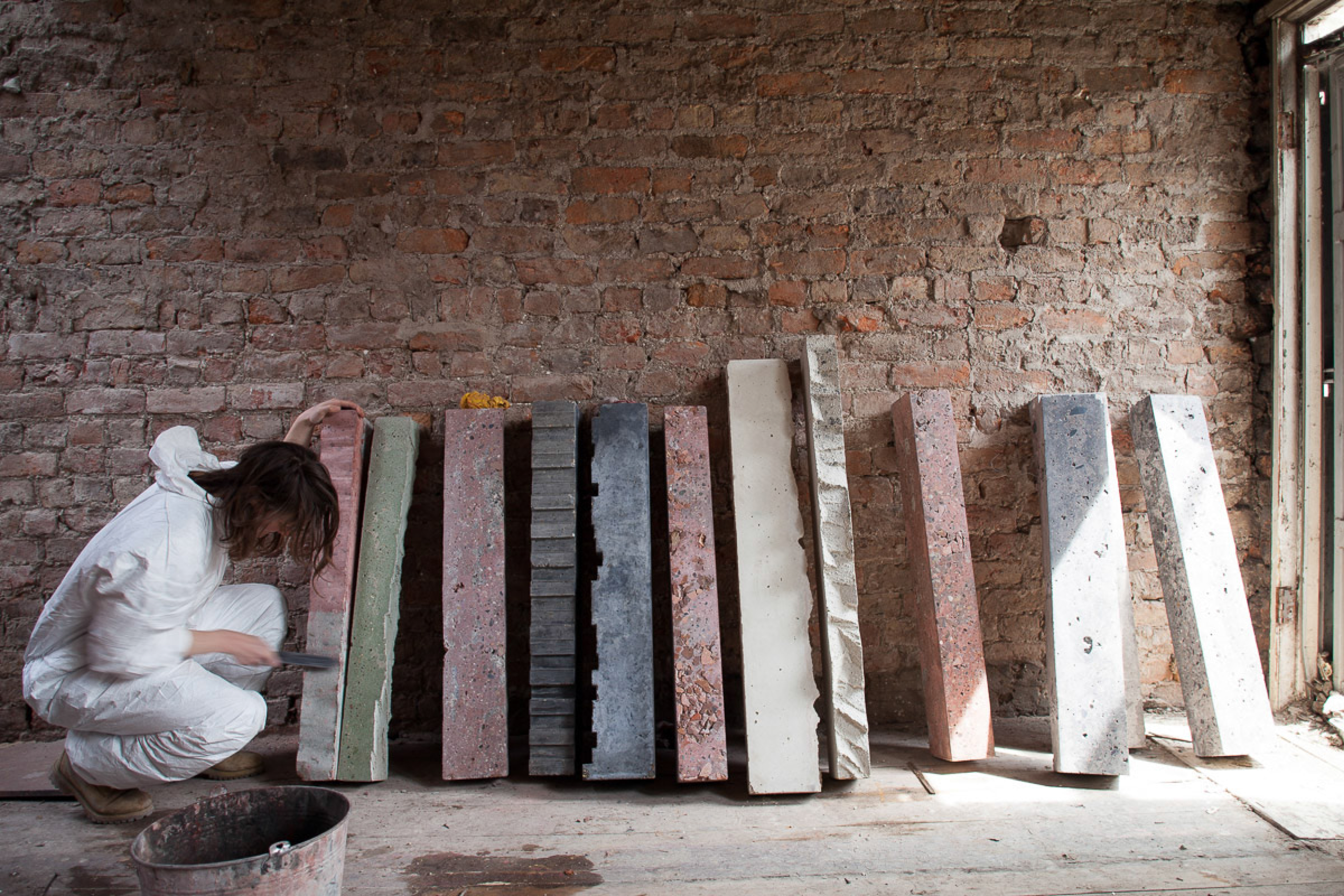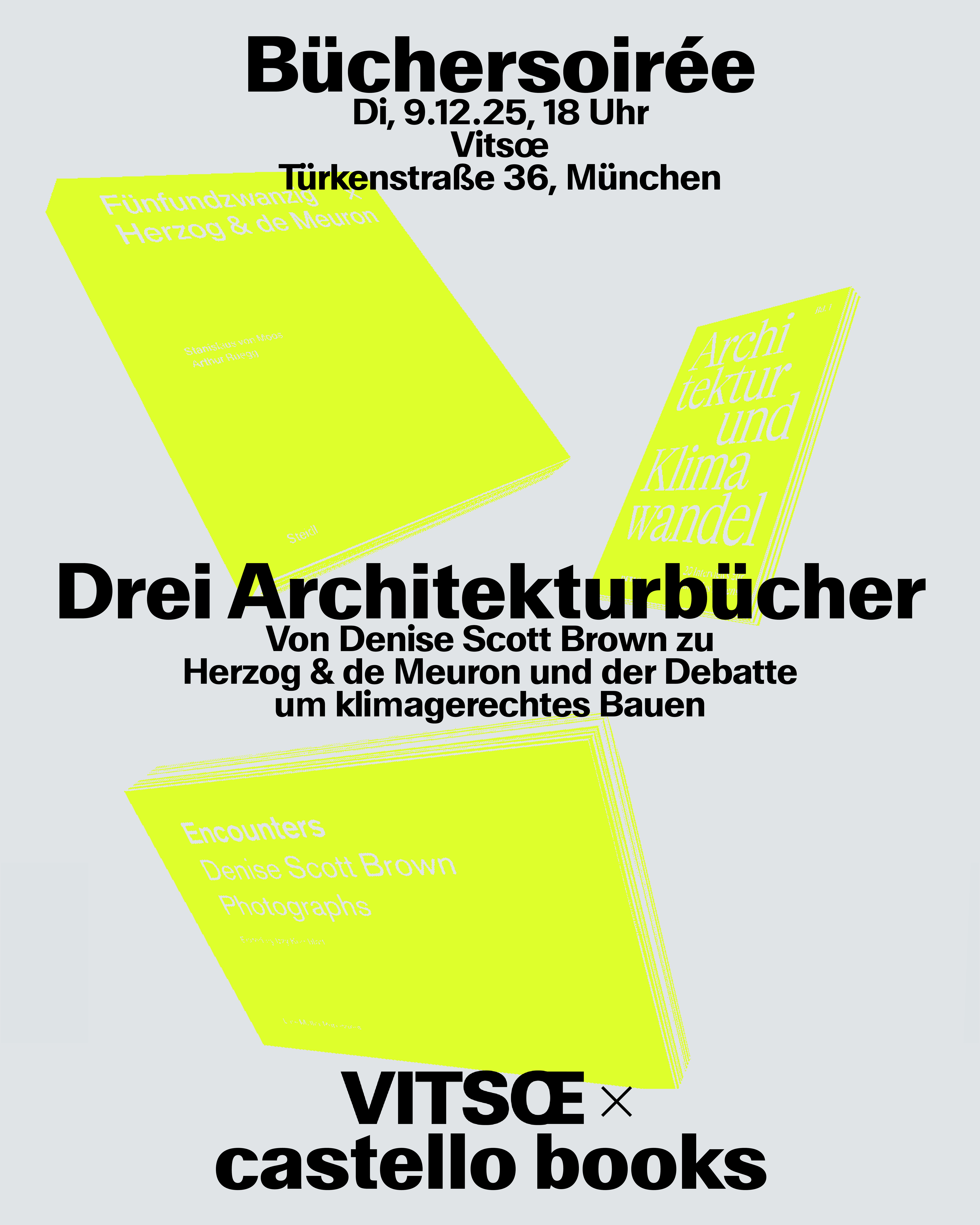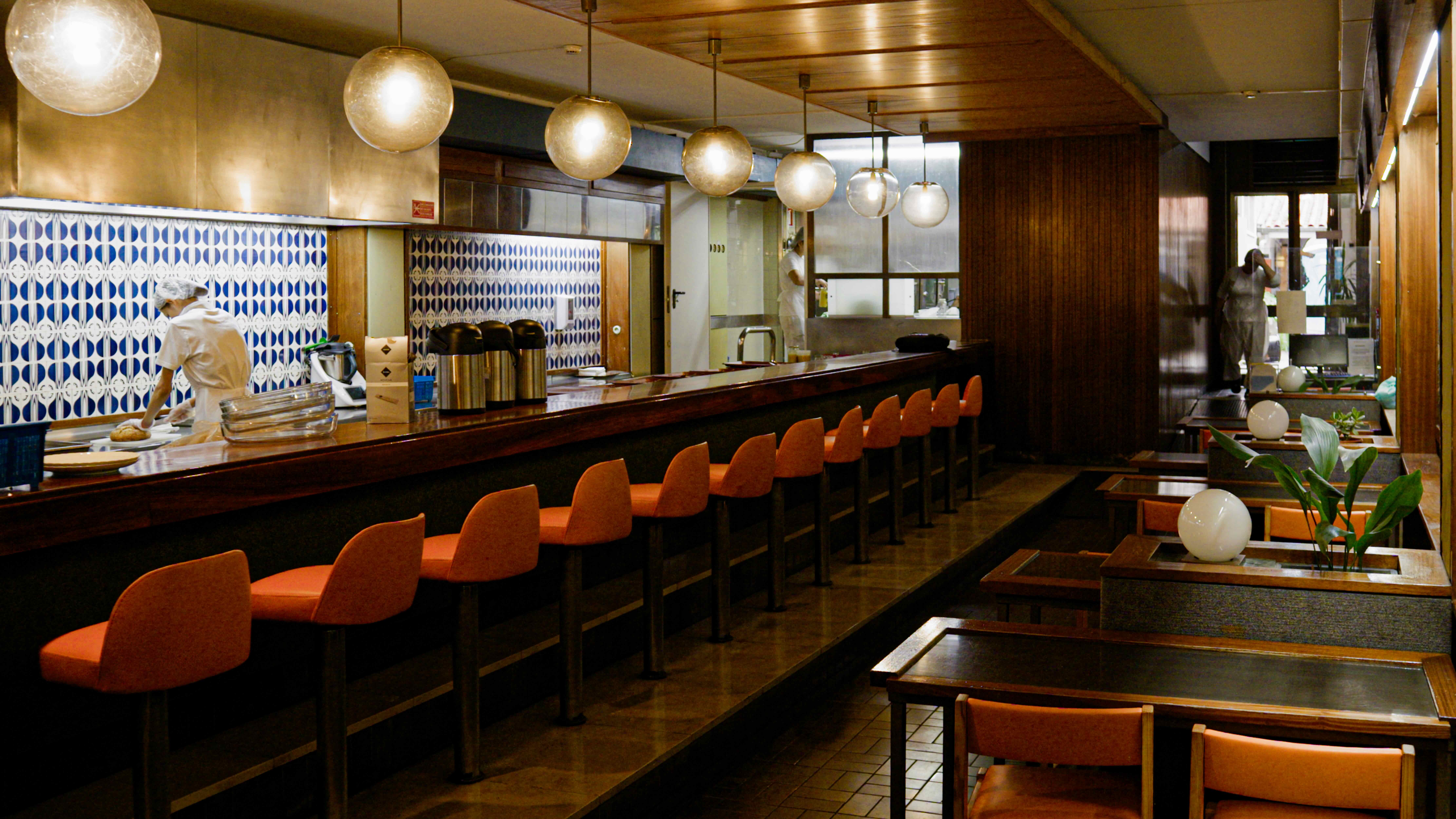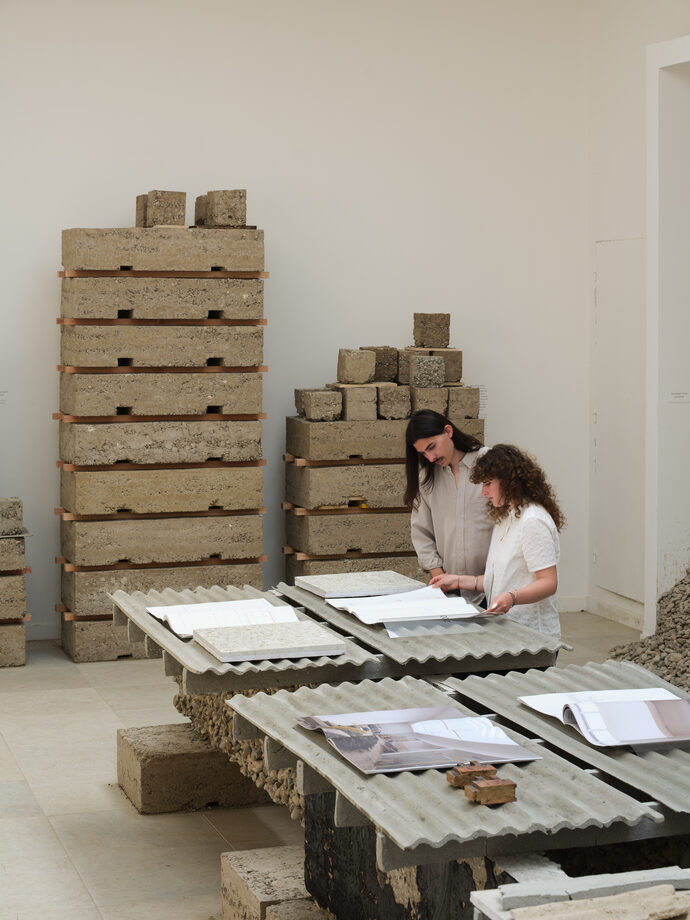Okwui Enwezor wears a perfectly tailored dark suit. His confident gestures and prudential answers make him out to be a chief-diplomat, like an ambassador for a difficult consensus in the understanding of art. This Nigeria-born curator, editor, critic, and former artistic director of Documenta 11 is responsible for the programme of this year’s first Triennale at Palais de Tokyo in Paris. Since 2011, he has been the director at Haus der Kunst in Munich, having come to the Bavarian province with very clear ideas. His mission is to contemplate the ghosts of the museum and use them productively.
DAM: Haus der Kunst, opened in 1937 by Adolf Hitler, realises its 75th anniversary this year. What does this dark chapter of the museum’s history mean to you as a director?
Okwui Enwezor: This is a question I take very seriously. But at the same time, I think we have reached the point where the narrative of the difficulty and “dark history” of Haus der Kunst is exhausted. However, it does not mean that we can simply move on. From an institutional and historical point of view, we need to use this difficulty productively in order to generate a critical perspective on it. Our goal is to move this history away from the iterative, to transform Haus der Kunst into what I call a reflexive institution. The point of such reflexivity is to find what is appropriate for Haus der Kunst through an artistic and architectural, social and political discourse; to try to animate and reengage the history of the building in the present – this is part of our responsibility. But at some point, we need to simply take this history as a given. Haus der Kunst is what it is. Buildings have no subjectivity; you cannot endlessly put them on trial. There are hundreds of buildings like this all over Europe. It was an architectural folly, but, paradoxically, artists love to show their work in the spaces at Haus der Kunst.
DAM: Still, this contemporary art centre reflects the sort of representation that dates back to the Nazis. The middle hall, for example, has the effect of intimidating visitors.
OE: I do not believe that we can be serious about questions of history by freezing history or preserving it as a fossil. The point is to 'dynamicize' this institution, not to fetishise it. The ghosts of Haus der Kunst are what they are. 50 or 60 years ago, lots of buildings from this period were knocked down, demolished, expunged from critical engagement. But where do you stop?
DAM: Nowadays we reconstruct these demolished buildings - for example, the palace in Berlin…
OE: Yes, there are these kinds of multiple vandalisms taking place today… (laughs). The return of the repressed, I suppose. But seriously, I think the reflexivity of an institution cannot only be tailored to the architecture, to the symbol. It has to be tailored to the work it does in the present and the content that it brings into the space.
DAM: Museums are ideological spaces themselves. How can you go beyond this?
OE: Foucault made us aware that the relationship between power and the individual resides precisely in the ideological function of power. Institutions are repositories of power, in this sense, and we cannot escape the fact that a museum in itself has a certain ideological dimension. What a museum is proposing is based on judgments that we make, which are, of course, built from a certain expertise, knowledge and experience, and at a distance from the public. Nevertheless, when we try to affect people’s point of view, there is an enormous sense of power that comes along with that. And with that power comes the responsibility to modify the ideological dimensions of institutional practices and procedures, which means to develop interfaces of exchange, research, discussion, and education.
DAM: Is that why you push the research database at Haus der Kunst and many other activities that make the museum a platform?
OE: For me, exhibitions are not enough. As the world becomes more globalised, more transnational, and people move more fluidly between cultures, languages, and cities, it becomes important to develop new entry points in the dialectic between the near and far, between xenos and demos; that is, belonging and not belonging. These dialectics affect the ways we think about art and the critical judgments we bring to bear on the interpretation that accompanies museum practice. Museums have to engage in these conversations. If we put the museum at the civic nerve centre of society, then it also has to be engaged in broader questions of culture, rather than only being a receptacle of objects of art. Of course, the museum experience we principally want to encourage includes the enjoyment of the work of art as what it is. But that does not mean this is where we stop. We want to be able to engage the public in other forms of reflection, taking into account the enormous amount we can learn from them as our interlocutors. I think of the museum not only as a repository of great knowledge and information, but also as an open forum. We are not simply standing in an ivory tower and delivering clichés on what is proper in art. Our proposition is that complexity can be both vexing and exciting, even though initially it might prove confounding and intimidating.
DAM: Post-colonialism, post-war and post-communism – these three 'posts' are key aspects of your plans for the upcoming year. Why is the postcolonial view so important?
OE: The postcolonial is not an elsewhere, and as such the transnational moment opens us up to the exilic and diasporic as well. You know, the largest diaspora in the world is the European diaspora in the Americas. We tend to forget that. And we also tend to forget that the Middle Passage involved 30 million Africans who died. And that the largest African population outside of Africa is not in the United States, but in Brazil. That we have these historical blind spots says something about the global understanding of modern historical experience. In a sense, the postcolonial is a global experience of entanglement between Europe, Asia, Africa and the rest of the world, and thus focuses on the relations of power, domination and subordination. We are in a postcolonial era everywhere in the world. After the Second World War, what we call imperialism and colonialism became untenable. But when an empire retreats, it becomes postcolonial itself. This has inevitably changed our relationship to culture, identity and subjectivity. And I would like to find out what that means for contemporary art.
DAM: What does this mean in regard to the exhibition programme in particular?
OE: I am interested in reformulating the idea of what a large-scale exhibition is. Different from the idea of group exhibitions, synthetic exhibitions, and monographic shows… I would like to work on the concept of an essay exhibition that has a narrative approach and connects different opinions, in the Hegelian sense.
DAM: Is there a special European view on art when it comes to defining questions or pushing certain perspectives and discourses?
OE: I suppose there is a specific European understanding of art in terms of function, in relation to the institutions, spaces of speculation, or aesthetic appreciation as a way to define our engagement with the image. But beyond that, we have to ask ourselves: must Europe remain in this bubble that's never really affected by hundreds or thousands years of contact with the rest of the world? Why does Europe constantly see itself as somehow exceptional, as a stable, unchanging cultural space? I am always quite puzzled by this notion of Europeanness. Europeanness is really shot through with many different cultural experiences, including migrant cultures, most of which have been absorbed into the continent's cultural bloodstream. The great thing is how it has recast these and made them its own…(laughs).
DAM: Does this mean that there is no common cultural viewpoint?
OE: I am a little bit uneasy with trying to obtain a culturalist viewpoint, in regard to how one engages the imagination and the forms of translation that make art intelligible to people who might be in the country for the first time. If aesthetics pushes us to what is beautiful, every cultural context has a way of establishing the related criteria of aesthetics. That of the Europeans comes from the different institutions that have served as the conduit through which art is received. But we have to continue to call into question a singular notion of Europeanness or a single European identity. This is very essential for me.
DAM: Europe often claims to have the final say regarding culture, and Eurocentrism is still quite popular.
OE: Well, Eurocentrism has a historical backdrop that has to do with the way its cultural, scientific, and every other influence were projected onto the rest of the world, so it almost became a global model. Eurocentrism, on the one hand, might be taken to mean a particular, monocultural understanding of the world. But, on the other, it could also mean Westernism, which is a common experience shaped by processes of contact, colonialism, and resistance that have marked its projection on economic, political, scientific, and juridical structures. It has to do with the way imperialism reorganised the epistemological context of the world as well as the political and economic models that are now no longer just European, but a kind of global Esperanto, so to speak… (laughs).
DAM: Haus der Kunst has no permanent collection. Is that an advantage in terms of your mission?
OE: There are advantages to having a collection and to not having one. It can become a burden to develop a collection, to nurture it, maintain it, change it, and make it ever more interesting. In my eyes, not having a collection is not at all a disadvantage. It gives us great flexibility and elasticity to focus on the production of ideas through our exhibitions and research. And in the end, of course, we do have a collection; we have our historical archive that represents a very important historical and intellectual asset.
DAM: What about those typical museum collections with a certain number of Andy Warhol's and other must-haves…
OE: Oh! Shouldn’t we be so lucky to have all of these… (laughs) … Having a collection has distinct advantages, obviously, but the collection is not the only thing that defines a museum. It merely typifies it.
DAM: Isn’t that a shift in the understanding of a museum as well? One of the first duties of stateowned museums is to collect and archive art, in the way of a collective memory.
OE: We archive ideas instead, the many movements and experiences of the artists who have presented their work here and have passed through Haus der Kunst. As we are focused on working with living artists, we do not collect objects as archival residue. But nevertheless, our mission is exactly the same as that of every other museum.
Interview: Sandra Hofmeister





